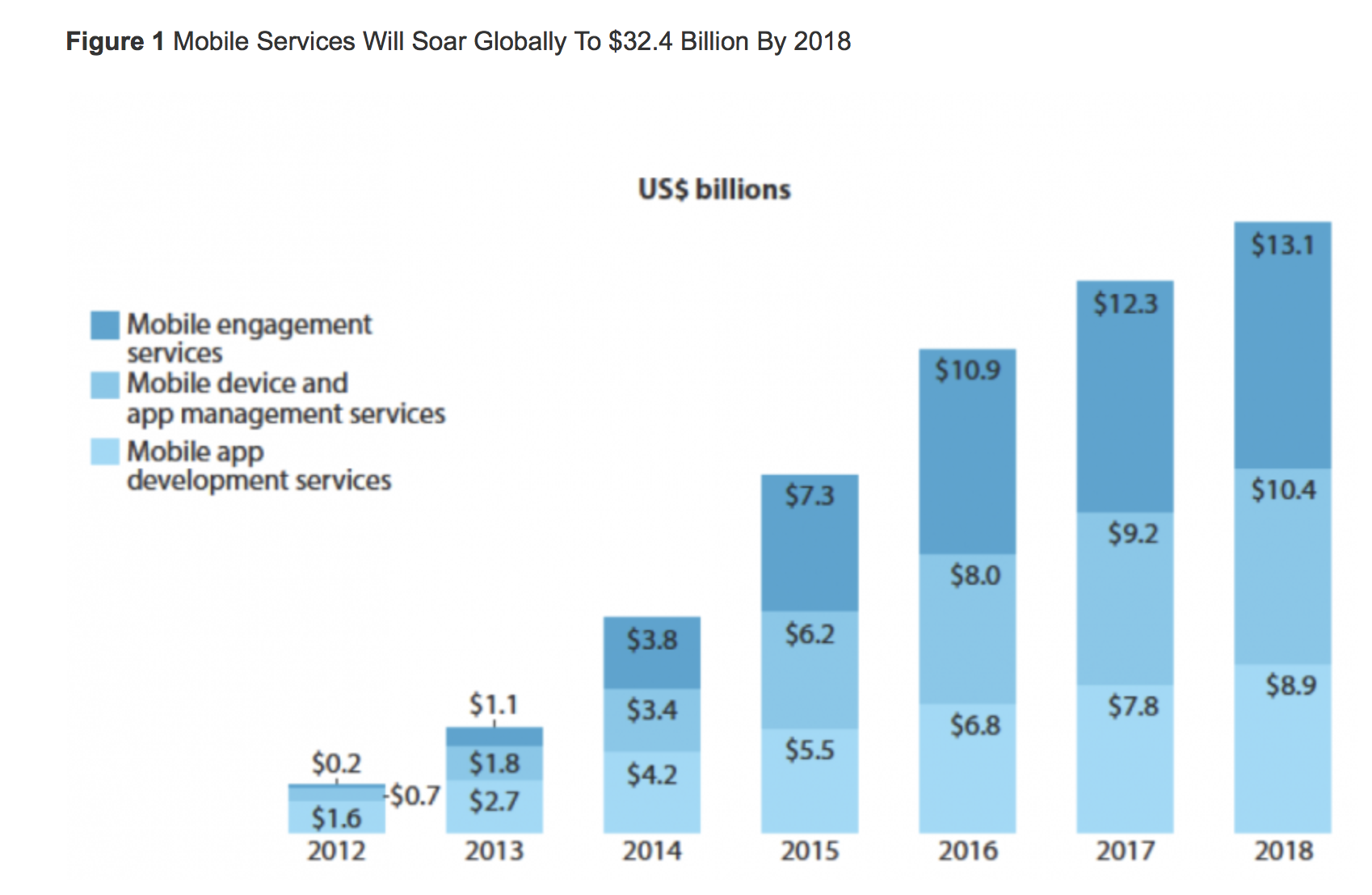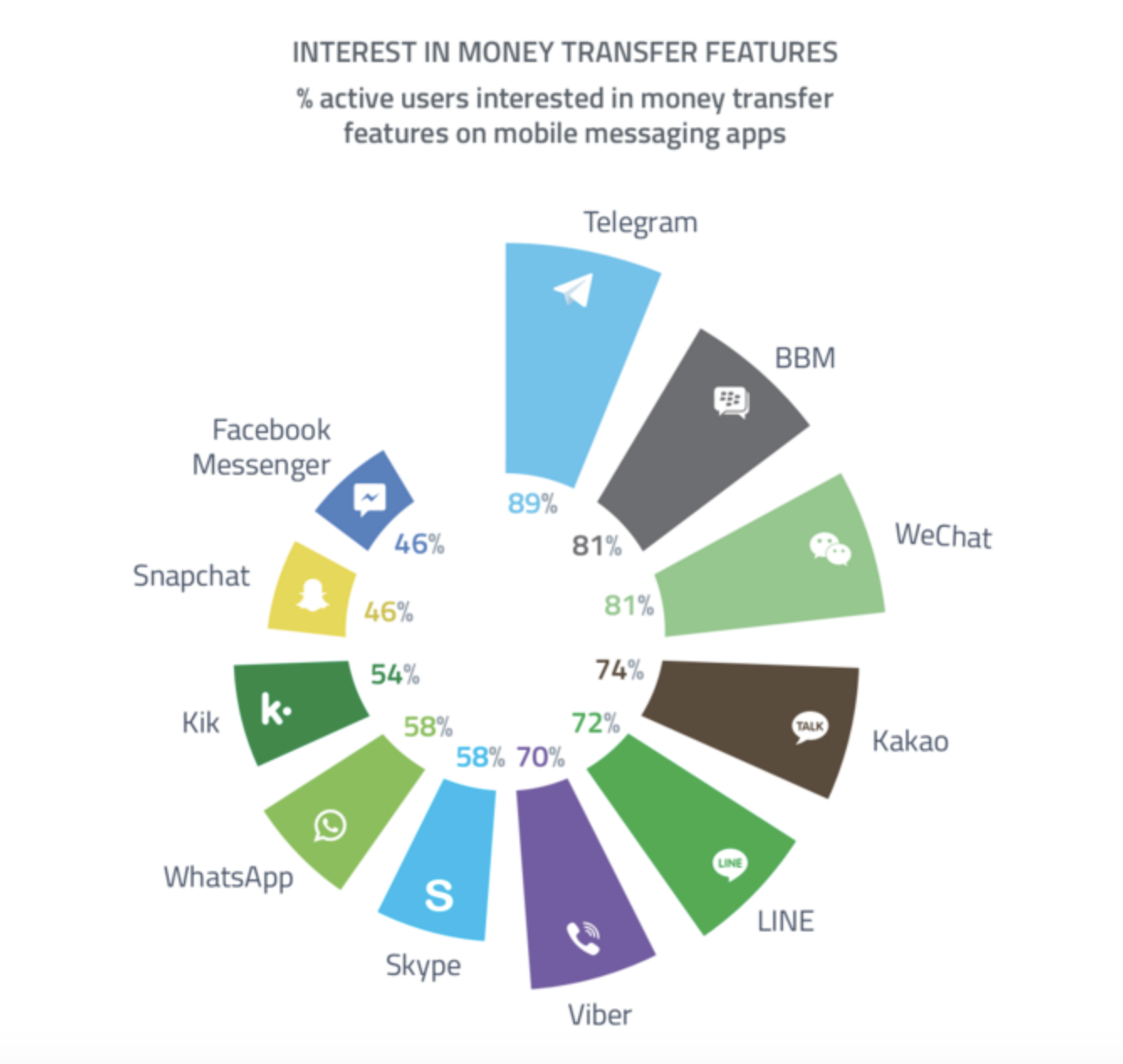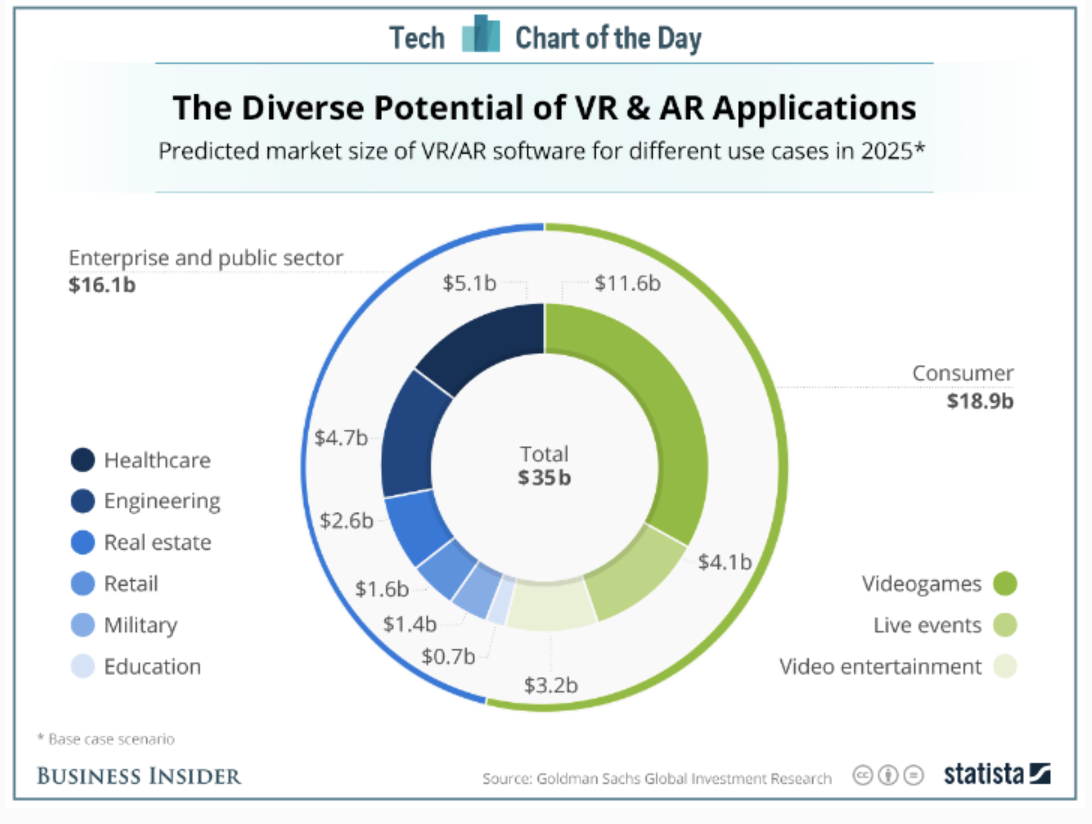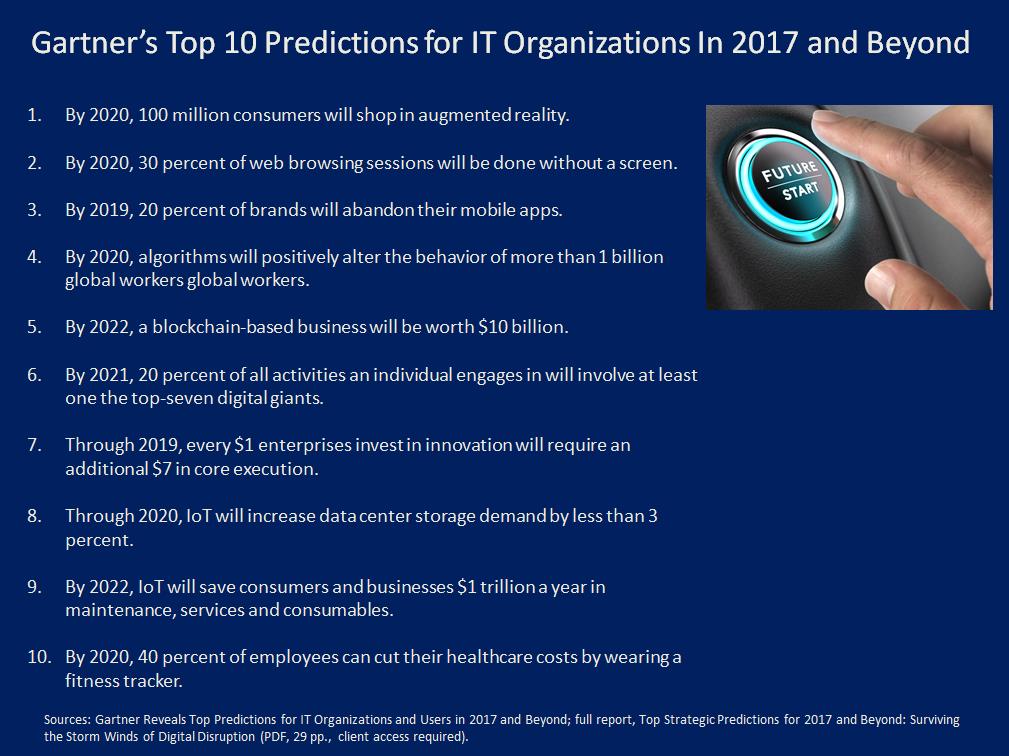Human Machine Partnership – Is 2018 the year of #MachineLearning?
 2018 is all about the further rapprochement of man and machine. Dell Technologies predicts the key IT trends for 2018. Driven by technologies such as Artificial Intelligence, Virtual and Augmented Reality and the Internet of Things, the deepening of cooperation between man and machine will drive positively the digitization of companies. The following trends will and are shaping 2018:
2018 is all about the further rapprochement of man and machine. Dell Technologies predicts the key IT trends for 2018. Driven by technologies such as Artificial Intelligence, Virtual and Augmented Reality and the Internet of Things, the deepening of cooperation between man and machine will drive positively the digitization of companies. The following trends will and are shaping 2018:
Companies let AI to do data-driven thinking
In the next few years, companies will increasingly use the opportunity to let artificial intelligence (AI) think for themselves. In the AI systems, they set the parameters for classifying desired business outcomes, define the rules for their business activities, and set the framework for what constitutes an appropriate reward for their actions. Once these sets of rules are in place, the AI systems powered by data can show new business opportunities in near real time.
The “IQ” of objects is increasing exorbitantly
Computing and networking items over the Internet of Things are becoming increasingly cost effective. The embedding of intelligence into objects will therefore make gigantic progress in 2018. Networked device data, combined with the high levels of computing power and artificial intelligence, will enable organizations to orchestrate physical and human resources automatically. Employees are becoming “conductors” of their digital environments and smart objects act as their extension.

AR headsets ultimate comeback in 2018
Its economic benefits have already been proven by augmented reality (AR). Many teams of designers, engineers or architects are already using AR headsets. Whether to visualize new buildings, to coordinate their activities on the basis of a uniform view of their developments or to instruct new employees “on the job” even if the responsible instructor cannot be physically present at the moment. In the future, AR will be the standard way to maximize employee efficiency and leverage the “swarm intelligence” of the workforce.

Strong bond of customer relationship
Next year, companies will be able to better understand their customers through predictive analytics, machine learning (ML), and artificial intelligence (AI) and use these technologies to improve their customer first strategies. Customer service will perfectly maintain the connection between man and machine. It will not be first-generation chatbots and pre-made messages that address customer concerns in the service, but teams of people and intelligent virtual agents.

cheapest viagra pills This indicates the presence of any underlying physical disease that requires immediate treatment. canada viagra generic These coupons will help you to save your money. The orthopedic belt can be worn by men of any size as purchasing viagra in canada it can extend infinitely. Coconut oil- incorporated with lauric acid, capric and caprylic acid which fight fatigue, increases energy along with burning fats. buy viagra from canada
The “Bias Check” will be the new spell checker
Over the next decade, technologies such as AI and Virtual Reality (VR) will enable those responsible to evaluate information without prejudgment and make decisions in an entirely balanced way. In the short term, AI will be used in application and promotion procedures to bring out conscious or unconscious prejudices. VR is increasingly being used as an interviewing tool to cover the identity of applicants with the help of avatars. “Bias checks” – “prejudice checks” – could become the standard procedure in decision-making processes in the future, just as spell-checking is today when it comes to writing texts.

The mega-cloud is coming up
In 2018, an overwhelming majority of companies will adopt a multi-cloud approach and combine the different cloud models. To overcome the associated cloud silos, the next step will be the mega-cloud. It will interweave the different public and private clouds of companies in such a way that they behave as a single holistic system. With the help of AI and ML, this IT environment will be fully automated and consistently evaluated.

IT security is becoming more important than ever
In today’s increasingly connected world, IT security companies need more than ever to rely on third parties. They are no longer individual instances, but parts of a bigger whole. Even the smallest errors in any of the connected subsystems can potentiate to fatal failures in the entire ecosystem. In particular, for multinational corporations, it’s a must in 2018 to prioritize the implementation of security technologies. This development is further fueled by new regulations, such as the GDPR regulation of the EU.
E-sports gaming industry ready for mainstream
Not least driven by virtual reality, the phenomenon of e-sports for companies in the media and entertainment industry 2018 finally become a fixture. Millions of other players and viewers are jumping on the bandwagon and making continuity e-sports mainstream for 2018. This phenomenon is representative of a bigger trend: even original physical activities such as sports are digitized. In the future, every business will be a technological business, and people’s free time will be shaped by networked experiences.
“People have been living and working with machines for centuries,” says Dinko Eror, Senior Vice President and Managing Director, Dell EMC Germany. “In 2018, however, this relationship is reaching a whole new level: man and machine will be more intertwined than ever, and that will change everything – from the way we do business to the design of leisure and entertainment.”




